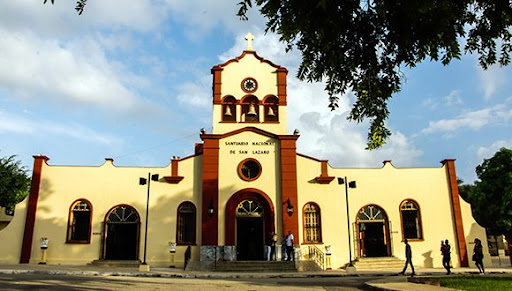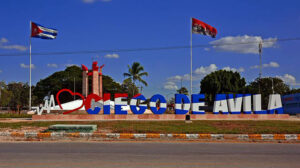Hundreds of Cubans are making a pilgrimage today to the Sanctuary or Church of San Lazaro in El Rincón, located on the outskirts of Havana, a tradition that is a sign of the religious syncretism in the country.
The day before, several streets of the Cuban capital were already lined with people dressed in jute sacks and purple garments, the colour that distinguishes San Lazaro and the orisha of the Afro-Cuban pantheon Babalú Ayé.
Believers of the Catholic and Yoruba religions consider him a miraculous saint and his devotees often make pilgrimages to pay promises for the restoration of health and family well-being.
The Sanctuary or Church of San Lázaro in El Rincón, located in the capital’s Boyeros municipality, is visited by hundreds of people from different parts of the country, as is customary every year.
Many of the faithful usually enter on their knees, barefoot or dragging stones and crosses to fulfil pending promises.
Candles are lit on the altars of the sanctuary, purple flowers flood the place and the faithful approach a well-known water fountain and fill their jars.
San Lázaro is one of the most venerated figures among Cuban Catholics and his image is also associated with the orisha of illness, health and mercy.
In colonial times, the Africans brought as slaves linked their deities to the saints of the Catholic Church so that they could continue to venerate them in their own festivities and rites.
Represented as a humble old man accompanied by dogs and with his body covered in sores, Babalú Ayé symbolises the overcoming of physical and spiritual suffering.
That is why for many Cubans, Saint Lazarus is not only the biblical character, friend of Jesus and brother of Martha and Mary Magdalene; or Lazarus, the beggar in a parable of the Gospel of Saint Luke; he is also Babalú Ayé, a deity of the Yoruba pantheon to whom they turn to ask for health and comfort in sickness.




